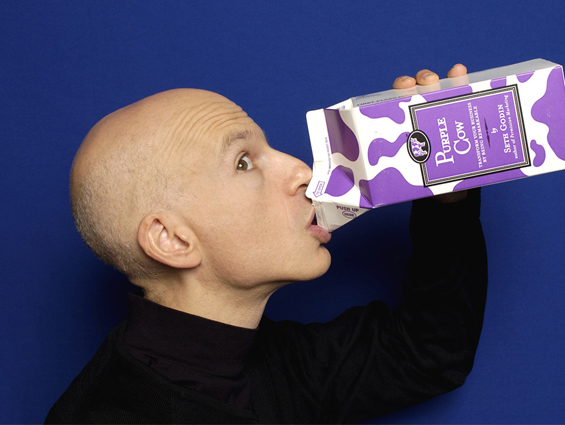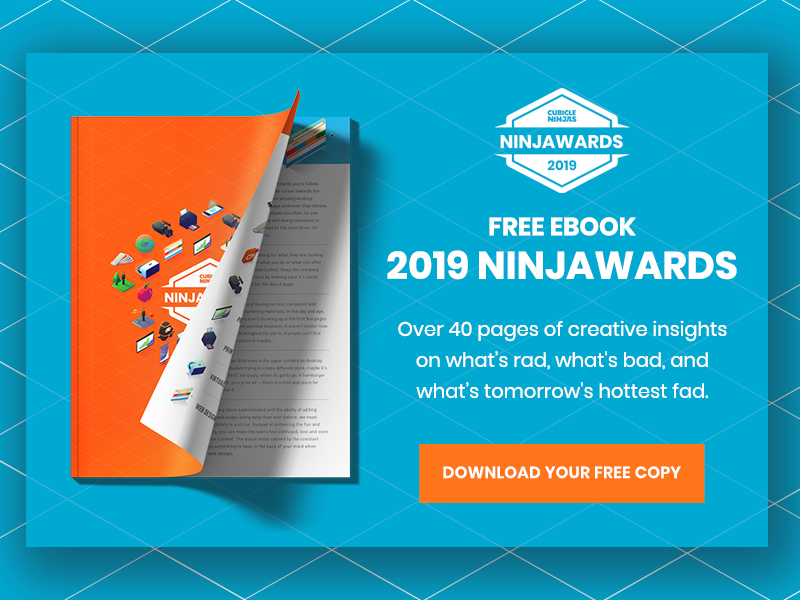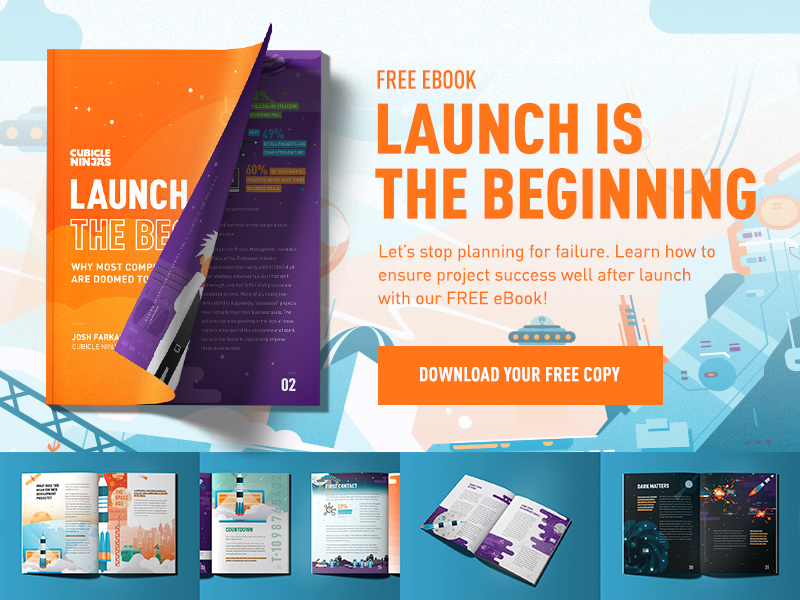
“Great stories are subtle. Surprisingly, the fewer details a marketer spells out, the more powerful the story becomes. Talented marketers understand that allowing people to draw their own conclusions is far more effective than announcing the punch line.” – Seth Godin, author of the bestselling business book All Marketers Are Liars Tell Stories
When managing an inbound marketing campaign, it’s necessary to always keep the art of storytelling in mind. In order to succeed in creating valuable content, a company must have the ability to tell an effective story that’s shareable, relatable, valuable, and like Godin states, allows people to draw their own conclusions.
To demonstrate how content creation relates to the art of storytelling, here is a quick refresher on a few content marketing terms every company should be aware of and how they relate to the art of storytelling.
How does interruption marketing, inbound marketing, permission marketing relate to each other?
In a nutshell interruption marketing relates to traditional advertising such as television ads, telemarketing, direct mail, and spam emails. In 2005, Brian Halligan, founder of HubSpot, coined inbound marketing: a type of advertising based around content creation like eBooks, blog articles, and white papers. It also takes a great deal of learning the process of SEO to strategically market these materials online earning the attention of consumers rather than annoying people with unwanted traditional advertising. Inbound marketing is closely related to the popular term, permission marketing. In 1991, Seth Godin wrote the book, Permission marketing: turning strangers into friends, and friends into customers. The book has been closely tied into how we approach inbound marketing strategies. Permission marketing is the exact opposite of interruption marketing where traditional marketing strategies are still executed, but not without a proper opt-in system and a great story.
How does inbound and permission marketing relate to the art of storytelling?
Permission and inbound marketing depends on the art of storytelling to engage people who are willing to opt-in for emails, voluntarily read company blogs, and share other types of content. A good story is not all about the company, but rather symbolizes the representation of the company’s values. If told well, a company can move forward with building the trust of others. People who find trust in a company are more than likely willing to promote the company’s content. A community can evolve from this, leading the company to become thought leaders within their industry. Fans, followers, clients, consumers; they’ll promote the story so the company can focus on telling it.
Does social media play a role in combining inbound marketing with the art of storytelling?
Social media is the most important tool for a company to share their story and allow others to share it. Social media storytelling is the process of promoting, sharing, engaging, and interacting with people who trust the company story, this is what builds and holds the community together. In order for social media to successfully tell stories, the content shared on these platforms such as blog articles, images, and eBooks must be entertaining and have meaning. It’s truly difficult since it takes time to build trust, let alone build on-page SEO in order for your content to be easily searchable. Many other factors relate to successful inbound marketing campaigns, social media is only a slice of the pie. But when social media storytelling is done efficiently, it can lead to a strong online community.
When you start to create content, it doesn’t necessarily mean you magically become a storyteller. It takes time, effort, skill, and a ton of patience to build a story that others trust. Fortunately, understanding the relationship between inbound marketing and the art of storytelling is a great start towards developing engaging content.
Related article: Can the art of storytelling save interruption marketing?
About the Author: Shannon Callarman is the Inbound Marketing Manager at Cubicle Ninjas. She’s the tiny ninja behind the CN Twitter. You can also follow her on Google+.















